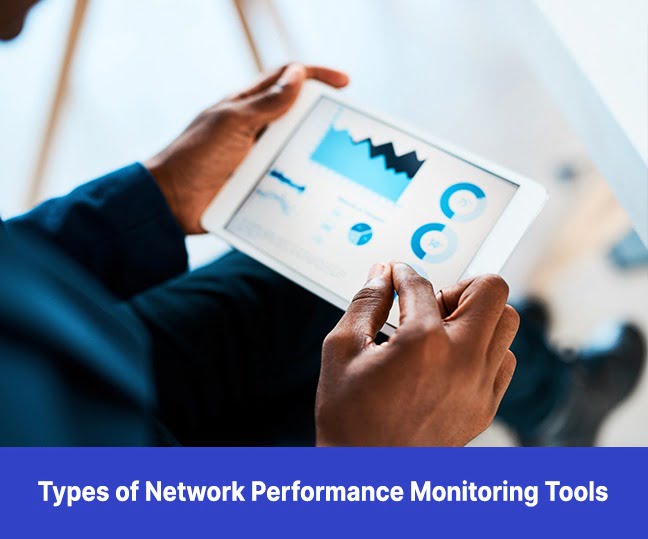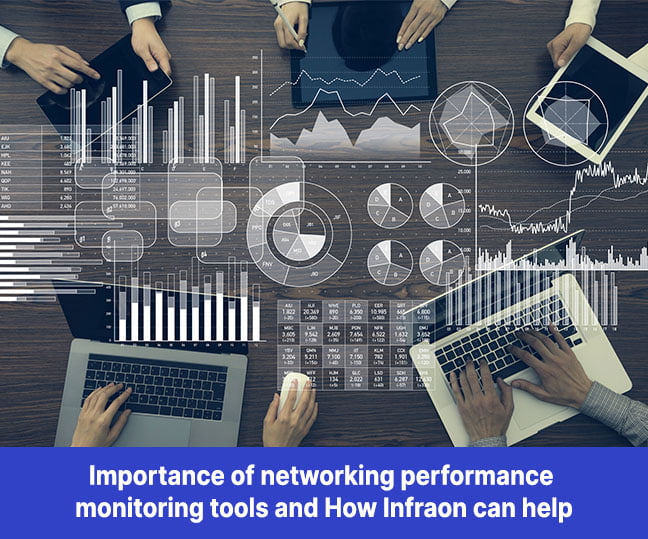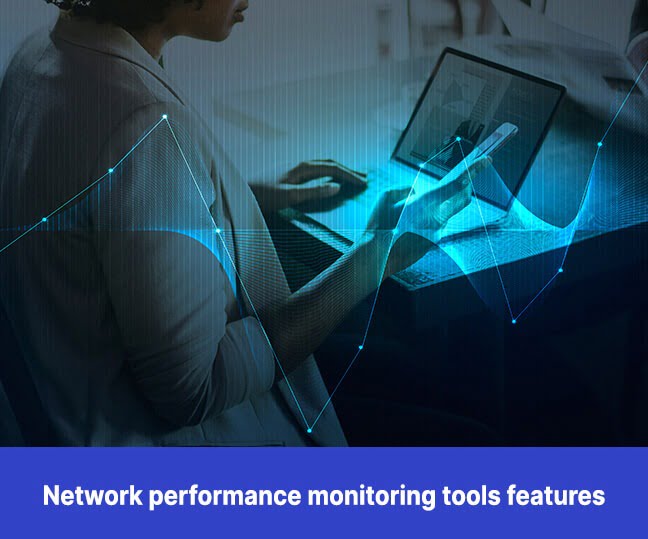Modern networks are complex. Their complexity is increasing daily. As much as this complexity solves modern-day problems, it may also give rise to many. Adding to the complexity is that networks have become the backbone of an organization. With remote working increasing, organizations are relying on networking infrastructure, network performance monitoring tools and technologies.
Why do networks always get the blame?
“Blame it on the network!”. “It’s a network issue.” “The network is slow.” These are a few of the usual phrases heard. But a network is only one part of a vast system. Although the network itself is important, many other contributors play their role in enabling connectivity. But the network always receives the blame. And network administrators have learned to deal with it.
Network complexity has increased because systems and sub-systems can be operational from on-premises, cloud, and hybrid environments. Fault identification is difficult because pinpointing the exact site of failure is difficult. What makes it even more difficult is identifying the point of contact responsible for the resolution of the problem.
For example, assume there is an Over the Top VoIP application hosted on a popular cloud service provider. If there is an issue in the network, and the administrators think it is in the domain of the VoIP provider, the administrators contact the VoIP provider. But the VoIP provider might think that the issue lies in the customer’s network, or they might even blame the general Internet infrastructure for such problems.
These problems can be avoided by using quality network performance monitoring tools. These tools will perform basic to advanced reconnaissance of the network. The tools also have fault identification and detection. It is possible to locate the source of the issue with a great degree of accuracy.
What are the types of network performance monitoring tools?
SNMP-based
Simple Network Monitoring Protocol (SNMP) has been used for a long time. But SNMP has newer versions. And the way SNMP can be leveraged differentiates one network performance monitoring tool from the other. SNMP-based networking performance monitoring software scans through the management information bases (MIBs) of network elements and retrieves information. This software can also modify the MIB components to effect a change of configuration.
Although SNMP-based tools work based on SNMP manager-SNMP client mechanism, the way the sensing is done can make the difference. The structure of the MIB, the sensors attached to the hardware, and the way the SNMP traps are analyzed make a difference.
Flow-based
Flow-based network performance monitor software captures data from traffic flows. A traffic flow is a state-full flow of network packets between the source and destination. The flow is kept in memory by the system through which it passes – the network performance monitoring software. The flow is analyzed periodically; real-time updates and metrics are generated. Packets are captured from the flow for analysis to determine if the traffic source is legitimate. Issues such as spoofing or DDoS attacks can be detected at this stage.

Active monitoring
Active network performance monitoring tools use an extended form of ping and traceroute. These tools inject data frames or packets. The packets are sent to nearby devices. The time to reach the destination, jitter, and latency are recorded. It is a way to check for congestion in the network. It is also a means to identify active links versus inactive links. The determination of active links, the bandwidth of each, congestion, throughput, and several other metrics help Software Defined Networking based networks generate rules for rerouting traffic during congestion times.
Conclusion
Network performance monitoring tools are an excellent choice for network administrators wanting more control of their networks. They can identify faults, manage patches, modulate the network, and use data to report network metrics.



















